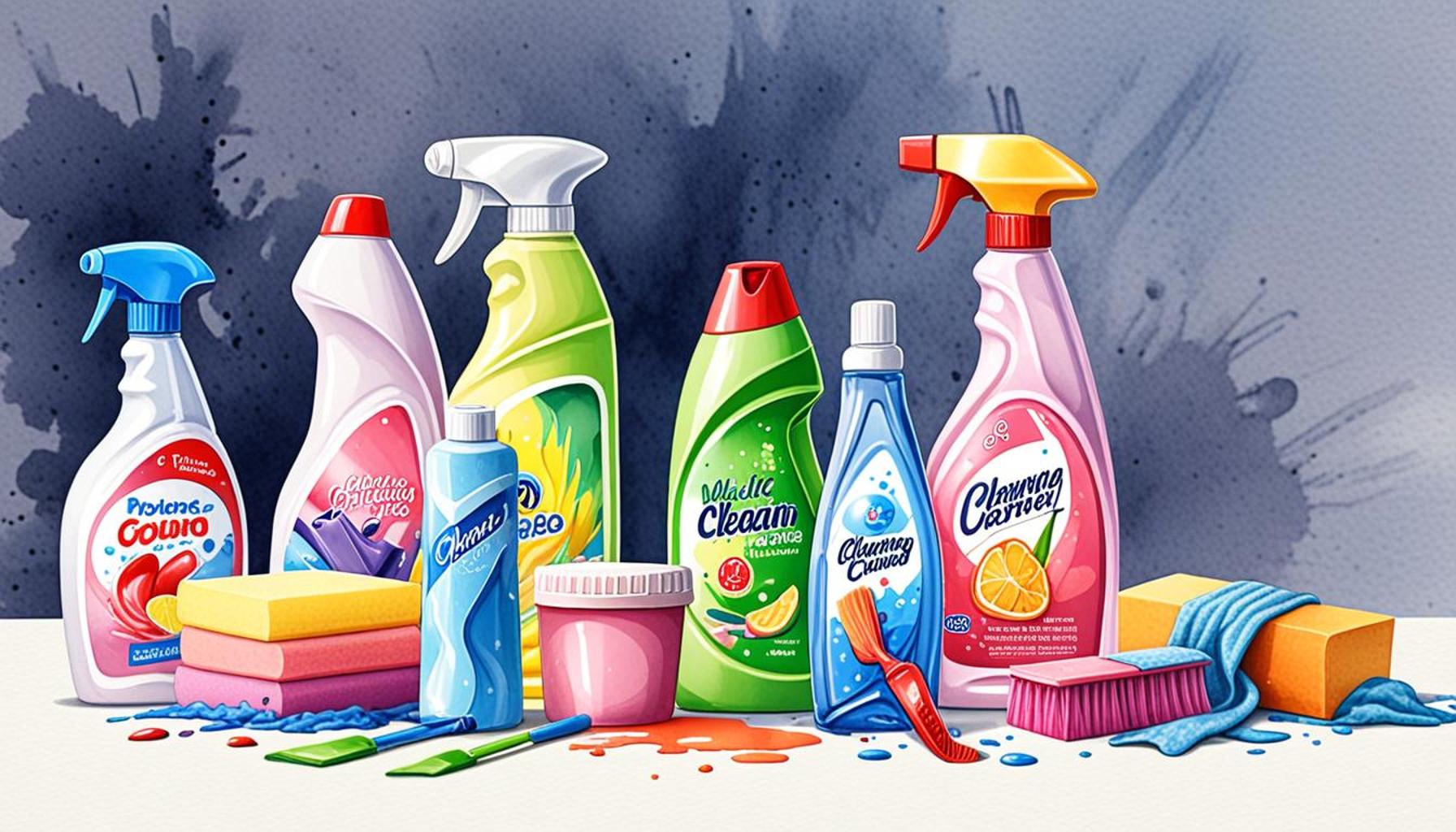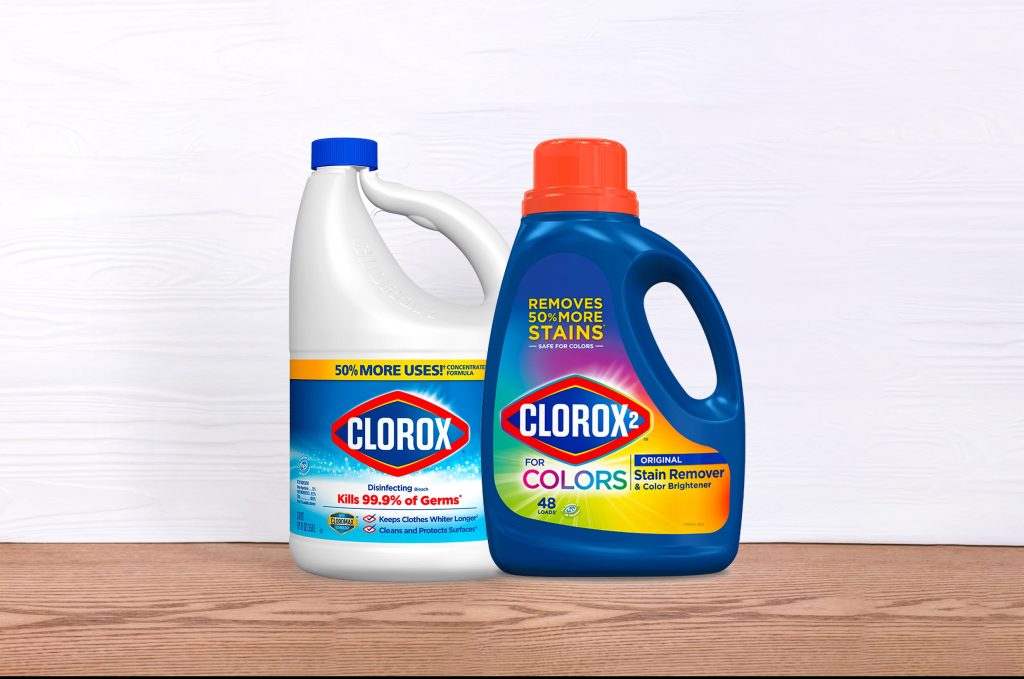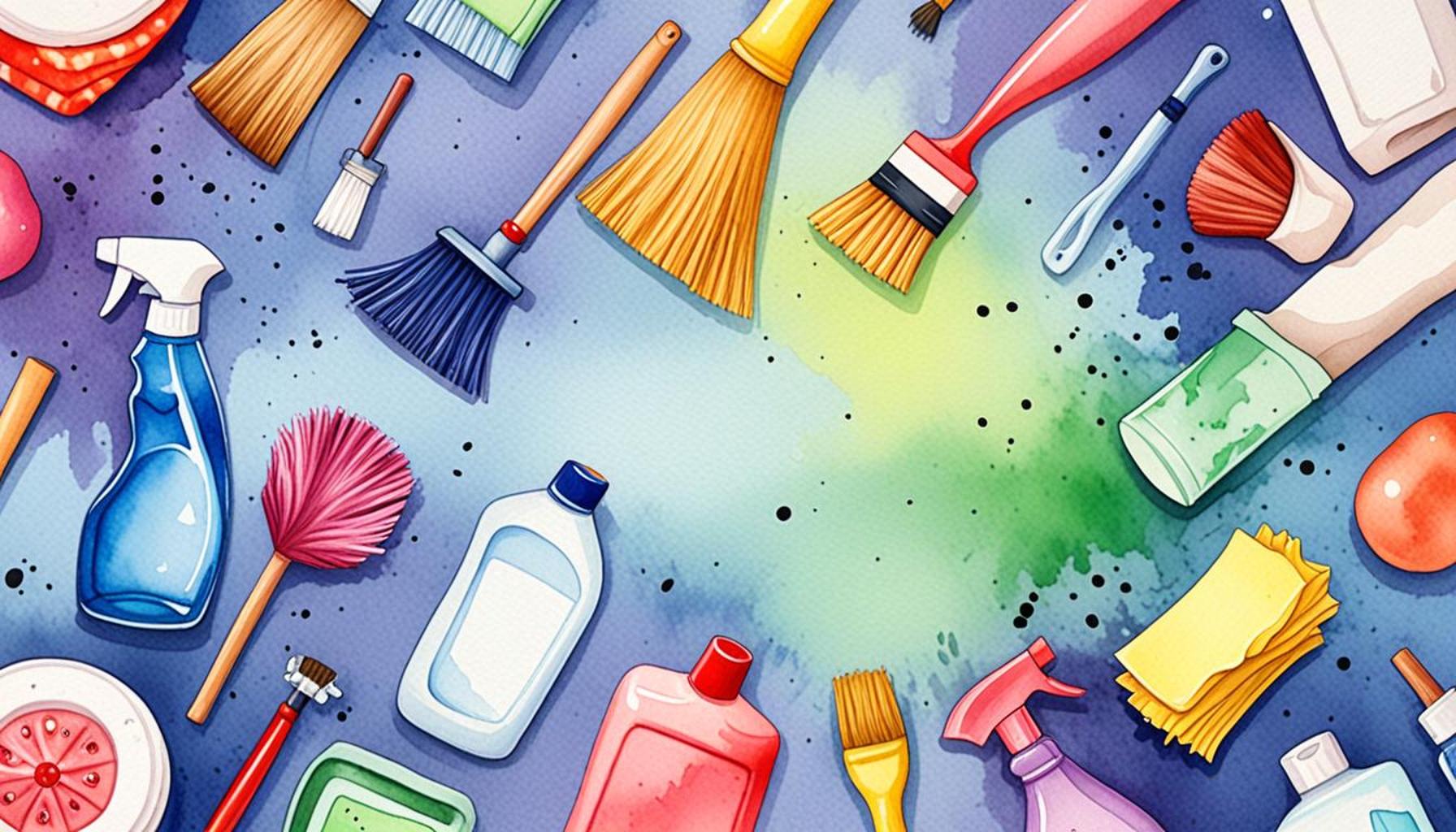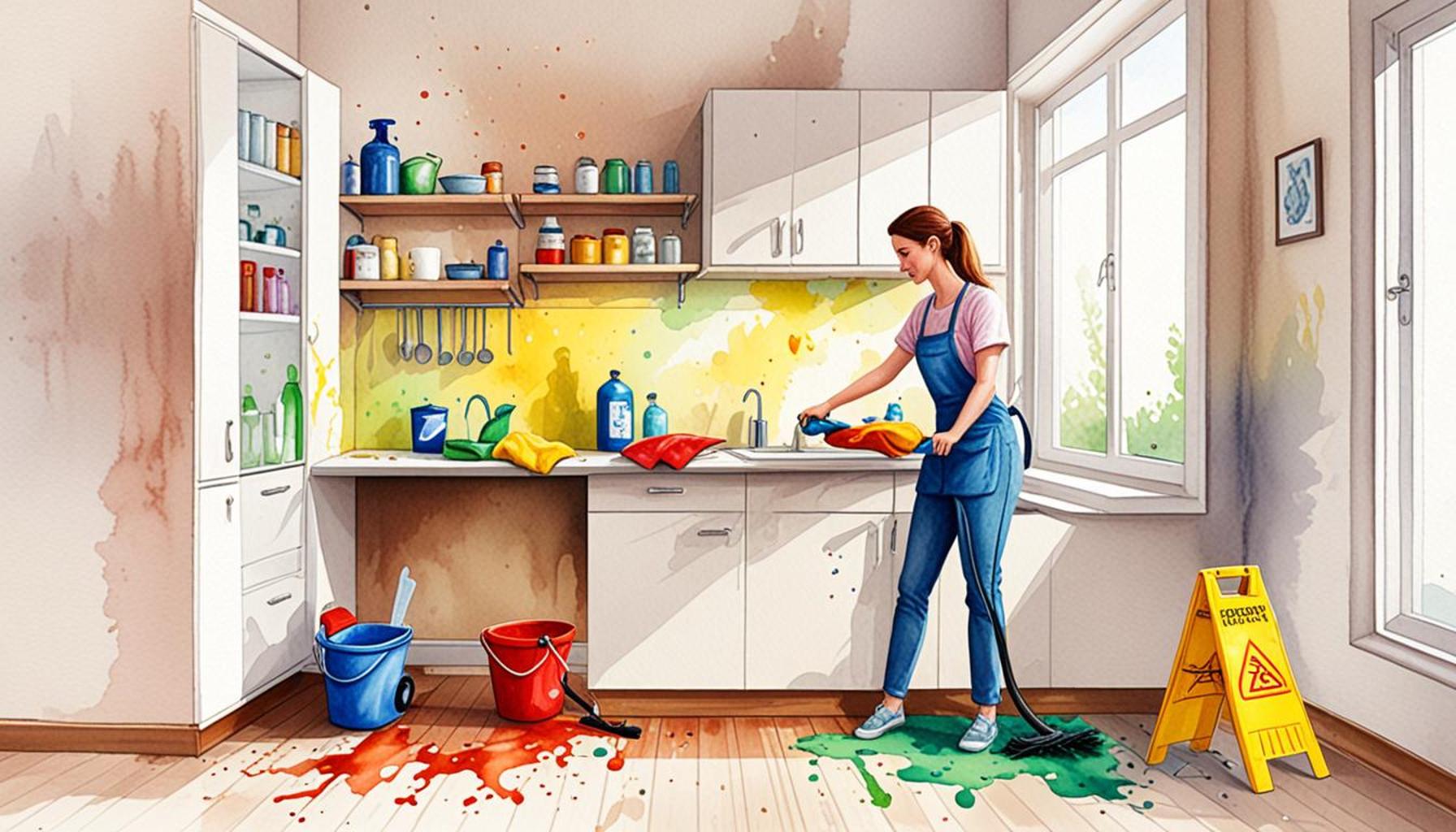Comparison of cleaning products: What to use on different surfaces?

Understanding the Right Cleaning Products for Your Surfaces
Choosing the right cleaning products can feel overwhelming, especially with the myriad of surfaces throughout your home. Each material—whether it’s wood, glass, or stainless steel—has its own specific needs when it comes to cleaning. A cleaner that works wonderfully on one type of surface may cause irreparable damage to another. Being informed about these differences is essential to maintain the integrity and appearance of your belongings.
Consider, for example, the various surfaces you encounter daily:
- Wood: Wood surfaces can vary significantly in finish and grain. It is best to use pH-balanced cleaners that are gentle yet effective. Natural oils like lemon or mineral oil can also nourish the wood while providing a protective layer. For instance, Swedish furniture manufacturer IKEA recommends using a mixture of water and gentle dish soap for regular cleaning. Avoid excess moisture, as it may warp or damage wood over time.
- Glass: For windows and mirrors, using ammonia-free glass cleaners is key to achieving a streak-free finish. Ammonia can leave behind a haze that damages certain coatings on glass, especially tinted windows or screens. In the United States, many popular brands like Windex offer ammonia-free options that cater to this requirement. Homemade solutions, such as a mix of equal parts vinegar and water, can also produce fantastic results without harmful chemicals.
- Stainless Steel: Stainless steel appliances and fixtures can lose their shine if not properly cleaned. It is advisable to select a specialized stainless steel cleaner that not only tackles fingerprints but also conditions the surface to prevent streaking and rust. For example, many brands offer wipes that simplify the process, making it less daunting to keep your kitchen looking pristine.
Today, a growing number of cleaning products boast eco-friendly or natural ingredients, which appeal to environmentally conscious consumers. Brands like Seventh Generation and Method provide options formulated from plant-based ingredients that clean effectively while minimizing harm to the planet. However, it’s vital to be cautious; ‘natural’ does not guarantee safety on every surface. Some essential oils, although organic, can damage finishes on wooden surfaces or leave unwanted residues on glass.
In the following sections, we will delve deeper into the intricacies of cleaning products suited for various surfaces, giving practical tips and DIY options. This comprehensive guide aims to empower you, enabling you to make informed choices that will keep your home sparkling clean without risking any damage to your surfaces. By the end, you’ll feel equipped to tackle your cleaning tasks with confidence, ensuring longevity and aesthetic appeal for all your materials.
DON’T MISS: Click here to discover the benefits of time blocking for home maintenance

Essential Insights for Choosing Cleaning Products
In the diverse landscape of cleaning products, understanding the compatibility of various cleaners with specific surfaces is essential to maintaining your home. Each material might require a unique approach to ensure cleanliness and protect its integrity. Let’s explore some common surfaces found in households and the most effective cleaning solutions for them.
First, let’s take a closer look at some surfaces and their ideal cleaning practices:
- Granite and Natural Stone: Countertops made of granite or other natural stones require gentle care. Avoid acidic cleaners, as they can etch the surface and lead to dullness. Instead, use a mild dish soap mixed with warm water for daily cleaning. For deeper cleaning, specialized stone cleaners are available that not only clean but also help maintain shine. According to the Marble Institute of America, proper maintenance of stone surfaces can prolong their lifespan significantly.
- Fabric Upholstery: Upholstered furniture can be tricky to clean due to varying fabric types. Always check the care label first. For water-safe fabrics (marked with a “W”), a mixture of water and a few drops of mild detergent works wonders. For fabrics labeled “S,” which require solvent-based cleaning, consider professional upholstery cleaning solutions or wipes designed for dry-cleaning. Understanding the fabric and its requirements is crucial to avoid discoloration and damage.
- Tile and Grout: When cleaning bathroom tiles or kitchen backsplashes, it’s essential to focus on both the tile surface and the grout lines. A mixture of baking soda and vinegar can effectively eliminate mildew and stains from grout. For general cleaning, use a multi-surface cleaner that’s safe for tile. Bear in mind, harsh scrubbing can scratch tiles, particularly glazed finishes, so choose tools that are gentle yet effective.
- Leather: Leather items and furniture require specific care to maintain their luxurious appearance. Regular dusting using a soft cloth will help, but sometimes deeper cleaning is needed. Look for pH-neutral leather cleaners that hydrate while cleaning. Avoid using products containing alcohol or excessive water, as these can dry out the leather or lead to cracking. Brands like Lexol offer specialized care kits specifically designed for leather care.
With the growing awareness of the impact of cleaning products on both health and the environment, many are turning to green alternatives. Eco-friendly options often contain plant-based ingredients aimed at reducing harmful chemicals. Brands like Mrs. Meyer’s Clean Day and Ecover provide effective cleaning ingredients without inducing toxicity in the air or water. However, potential users should always check the ingredient list, as “natural” does not inherently mean safe for all surfaces.
Choosing the right cleaner is not only about surface compatibility but also about finding products that align with your values. As you explore the options available in the market today, keep in mind that a tailored approach to cleaning will bring out the best in your surfaces. In the upcoming sections, we will provide more detailed comparisons and DIY recipes to help you make the most informed decisions for your cleaning endeavors.
Comparison of Cleaning Products: What to Use on Different Surfaces?
When it comes to household cleaning, understanding what products work best on various surfaces can drastically improve your cleaning efficiency and results. Here, we delve into a straightforward comparison of cleaning products tailored for diverse surfaces.
| Surface Type | Recommended Cleaning Product |
|---|---|
| Wood | pH-balanced cleaners or natural oils for conditioning. |
| Ceramic Tile | All-purpose cleaner or vinegar solutions for tough stains. |
| Glass | Glass cleaner or a mix of vinegar and water for a streak-free finish. |
| Stainless Steel | Specialized stainless steel cleaner or use oil for a shine. |
Choosing the right cleaning product for each surface is essential not only to ensure cleanliness but also to protect the integrity of your surfaces over time. Corrosive or inappropriate products can lead to damage and costly repairs. Therefore, it is critical to familiarize yourself with the best practices for maintaining your cleaning supplies and understanding their suitability for various materials. The right product choice can make a major difference in achieving optimal results while preserving your belongings.
Now that you have a grasp on what products to use for specific surfaces, consider your own cleaning regimen. Are you using the right products? What are the most frequented areas in your home that might need a tailored cleaning approach? Understanding these factors will lead to more effective and safe cleaning outcomes.
DISCOVER MORE: Click here to learn about the benefits of a monthly cleaning schedule
Navigating the Cleaning Product Landscape
As we explore further into the realm of cleaning products, it becomes clear that understanding the unique characteristics of each surface can enhance our cleaning strategies. Let’s delve into additional surfaces and their optimal cleaning solutions that keep your home in top shape.
- Stainless Steel: A favorite in many kitchens, stainless steel requires careful attention to avoid scratching and streaking. Common dish soaps diluted in warm water can suffice for basic cleaning. However, for more stubborn stains, specially formulated stainless steel cleaners work wonders without compromising the surface. For a streak-free finish, consider wiping down with a microfiber cloth and following the grain of the metal.
- Wood: The care for wooden surfaces, including furniture and flooring, demands a gentler touch. Eliminate dust using a soft, dry cloth. For deeper cleaning, a mixture of vinegar and water can be effective but use sparingly; excessive moisture can warp or damage wood. Products specifically designed for wood care often contain oils that nourish while removing dirt. Always test these products in a discreet area before widespread application to safeguard against discoloration.
- Glass: Crystal-clear windows and mirrors can be achieved through a few reliable methods. Commercial glass cleaners are designed specifically to cut through grime without leaving streaks behind. An economical and eco-friendly alternative is a mixture of water and vinegar, which can be sprayed onto surfaces and wiped clean with a lint-free cloth. For particularly stubborn spots, a bit of baking soda can be a game-changer, providing an abrasive touch without scratching the glass.
- Vinyl and Linoleum: These resilient flooring materials deserve a bit of care as well. Routine cleaning can be done with a multi-surface cleaner that is safe for these surfaces. For deeper cleaning, a mixture of warm water with a bit of baking soda can eliminate grime effectively. However, wiping with excess water should be avoided to prevent damage. Remember, prevention is key; promptly cleaning spills helps maintain the integrity and appearance of these floors.
With the rise of health-conscious consumers, many are questioning the safety of traditional cleaning agents. Products containing harsh chemicals can pose risks to air quality, especially in enclosed areas. In contrast, green cleaning products have surged in popularity. Brands touting products made from plant-derived ingredients, like Better Life or Seventh Generation, are not only effective but also kinder to the environment. It’s vital to verify that such products meet the Cleaning Products Right to Know Act labeling requirements for transparency regarding ingredients.
Interestingly, many people are leaning towards DIY cleaning solutions that can be crafted from pantry staples like baking soda, vinegar, and lemon juice. These natural alternatives can often rival commercial cleaners, providing a cost-effective and eco-friendly option for households. Investigating homemade cleaners tailored for specific surfaces allows for a more personalized approach, often leading to healthier homes and effective cleaning.
The quest for the right cleaning product requires a sound understanding of both the surface materials and the nature of various cleaners. The more knowledge you acquire about effective cleaning methodologies, the more prepared you become to tackle any mess that comes your way. As you explore these myriad options, consider both performance and environmental impact in your decision-making process.
DON’T MISS: Click here to discover common cleaning pitfalls
Final Thoughts on Surface-Specific Cleaning Solutions
In the bustling world of cleaning, navigating the diverse array of products available can seem daunting. However, understanding the characteristics of different surfaces is crucial for selecting the most effective cleaning solutions. From the smooth sheen of stainless steel to the delicate weave of wood, each material requires its own tailored approach to maintain its integrity and appearance.
As we have explored, utilizing the right cleaning products not only enhances organizational efficiency but also ensures prolonged durability of surfaces. Traditional commercial cleaners may promise quick results, but the growing trend toward green cleaning options and DIY solutions showcases a strong preference for safer, eco-friendly alternatives. These natural methods harness the cleaning power of pantry staples like vinegar and baking soda, offering an economical and sustainable approach to housekeeping.
When choosing cleaning products, it is vital to consider their impact on both your home environment and the larger ecosystem. As more consumers advocate for transparency, selecting brands adhering to the Cleaning Products Right to Know Act ensures informed decisions regarding harmful chemicals in traditional cleaners.
Ultimately, this comparison of cleaning products and their respective uses empowers you to make educated choices that align with your cleaning goals and lifestyle. Exploring these options invites a new level of awareness about our cleaning habits and their effects on our health and home—a crucial step towards creating a cleaner, healthier living space.


